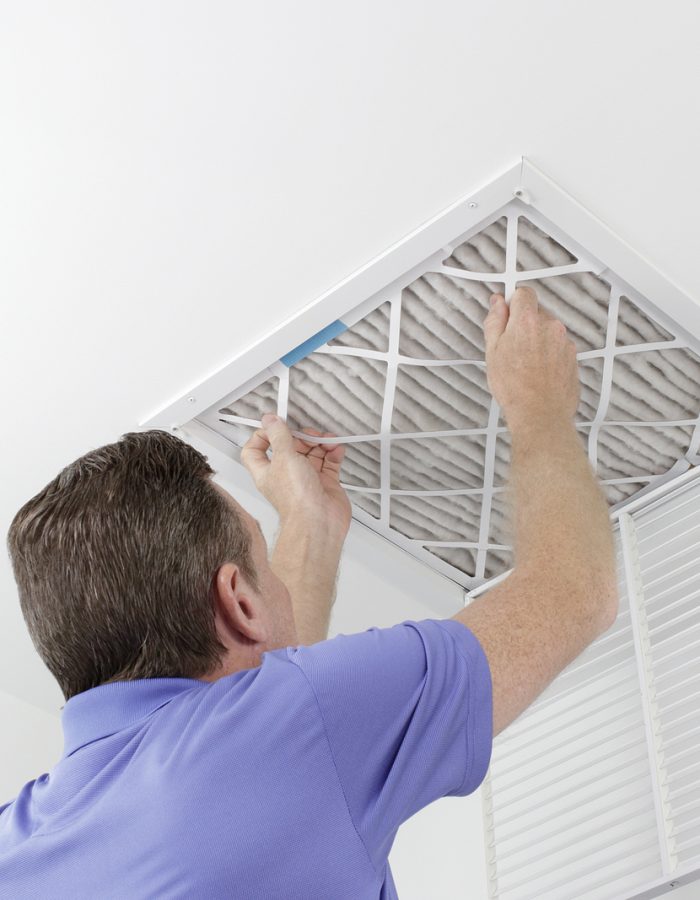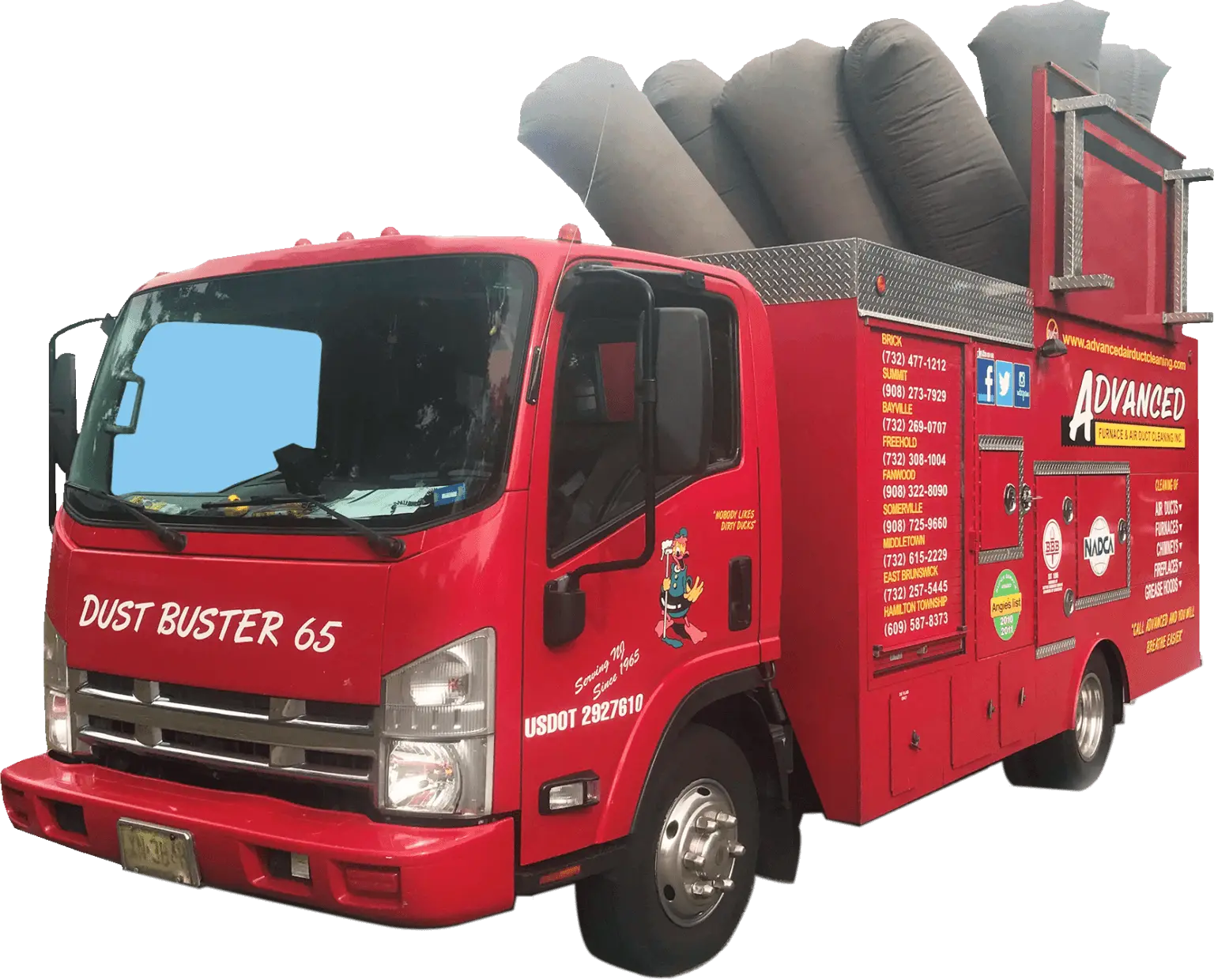improvement in the efficiency of your HVAC system with properly sealed ducts (according to the U.S. Department of Energy)
By sealing and insulating your ducts, you can potentially reduce your energy bills by up to $400 annually (according to the Environmental Protection Agency)
What Is Duct LEakage testing?
A duct leakage test measures the airtightness of your ducts. This test is incredibly useful for improving your home’s energy consumption and saving you money on your energy bills. Duct Leakage testing has even become a requirement in many counties to get your certificate of occupation for new home builds or renovations.
What is the purpose of a duct leakage test?
The purpose of duct leakage testing is to evaluate how well a home’s duct system can hold air. The concept behind duct leakage testing is the more air that leaks out of the duct system, the more potential for energy loss. Therefore, a pressure test can be performed on the duct system to determine if it is meeting the standards of today’s building codes and to be energy efficient. A duct leakage test, also known as a duct blaster test, doesn’t take much time to complete. They typically take anywhere from 1 to two hours, depending on your ductwork’s complexity and size.
why get duct leakage testing done?
Protect your family from outside contaminants
Increase the energy efficiency of your home
Get more out of your hvac system
Save money on repairs
prevent hot and cold spots
isolate problems invisible to the eye
increase the resale value of your home
follow state regulations (many townships require testing on new home ducts)
have questions about
duct leakage testing?
Advanced Air Duct Cleaning has answers
Duct leakage testing involves checking the ducts in your HVAC system for leaks and inefficiencies. This process helps ensure that air flows properly throughout your home, maximizing both comfort and energy efficiency.
Testing your ducts for leaks can help reduce your energy bills, improve the efficiency of your heating and cooling system, enhance indoor air quality, and extend the life of your HVAC equipment by ensuring it operates under less strain.
It is recommended to test your ducts every 3 to 5 years. However, if you notice higher than usual energy bills, poor HVAC performance, or if your home has undergone renovations, you might consider having the ducts tested sooner.
Common signs include unexplained increases in your energy bills, rooms that are difficult to heat or cool, visible ducts that appear damaged or poorly connected, and excessive dust in your home.
The time required for duct leakage testing can vary depending on the size of your home and the complexity of your duct system. Typically, the process can be completed within a few hours.
During the test, a technician will seal your HVAC system's vents and use specialized equipment to pressurize the ductwork. This process helps identify where any leaks are occurring. The technician will then provide a report detailing the findings and recommendations.


